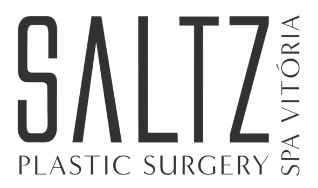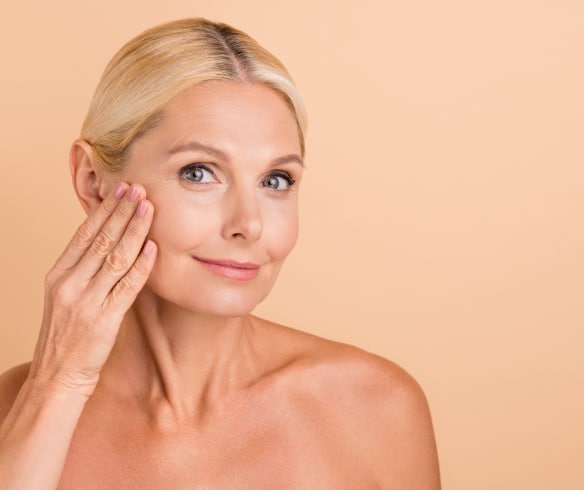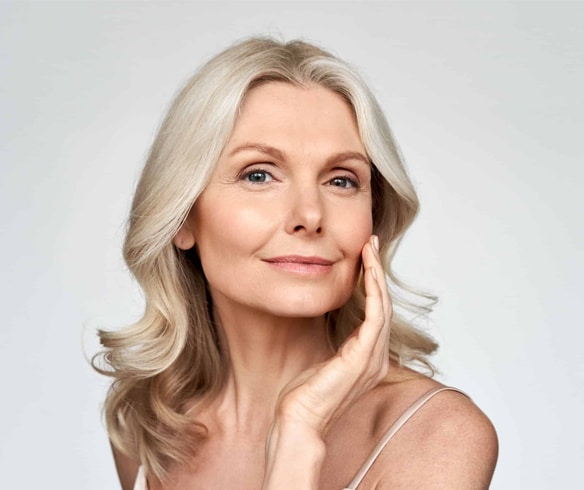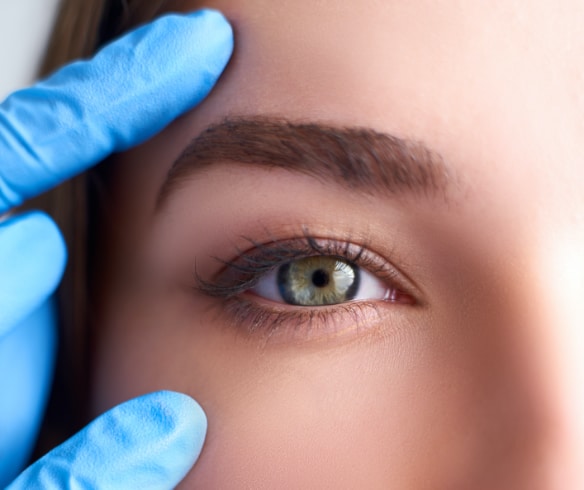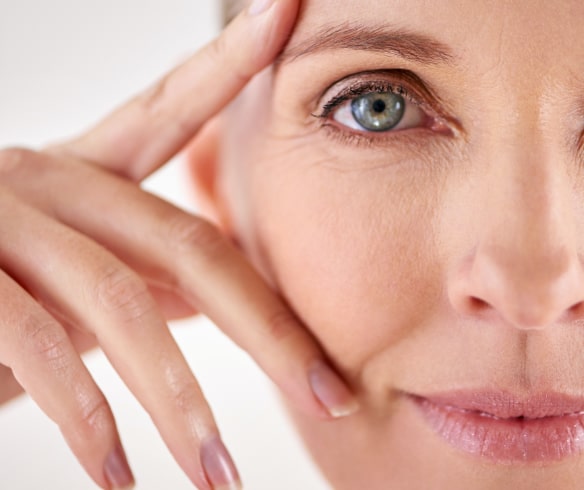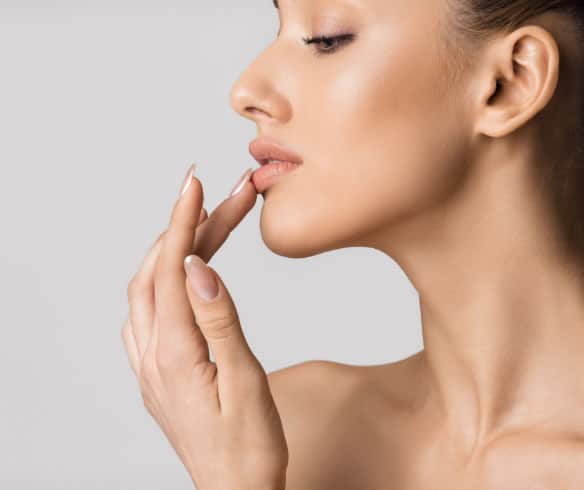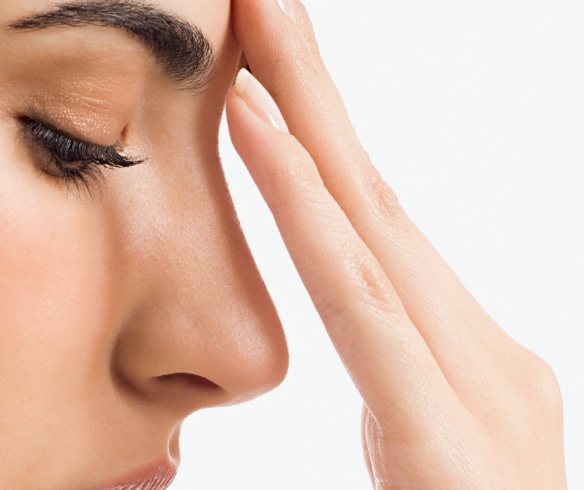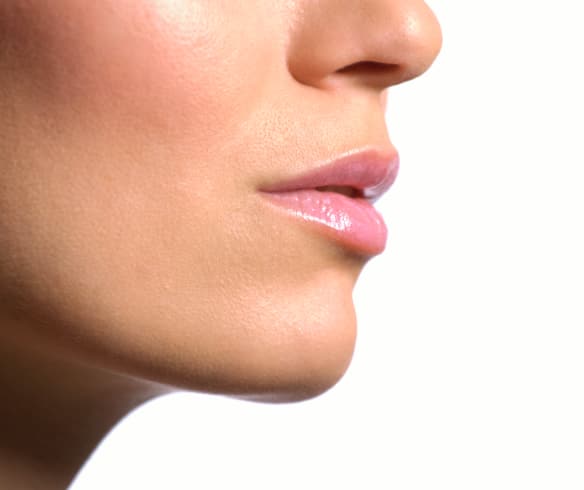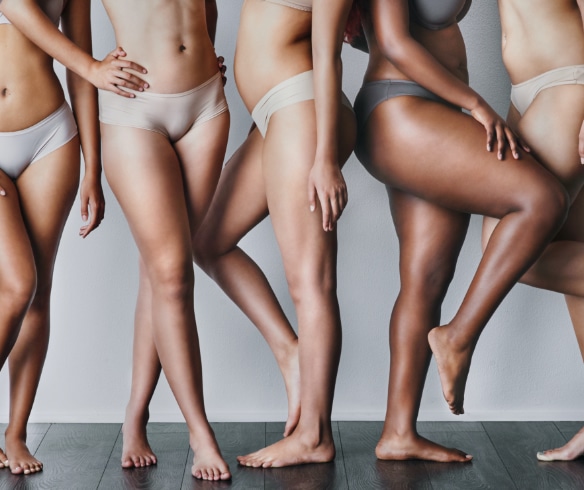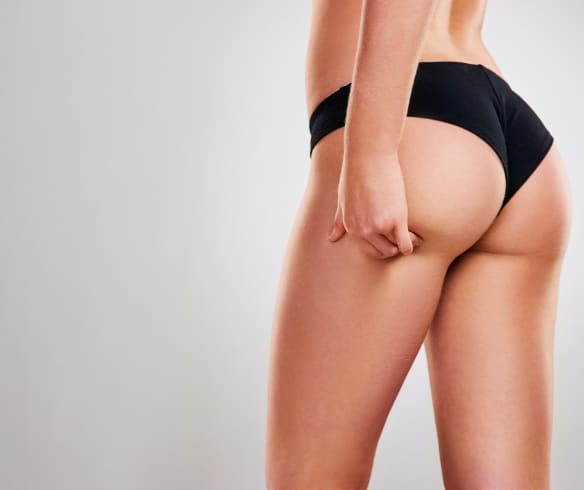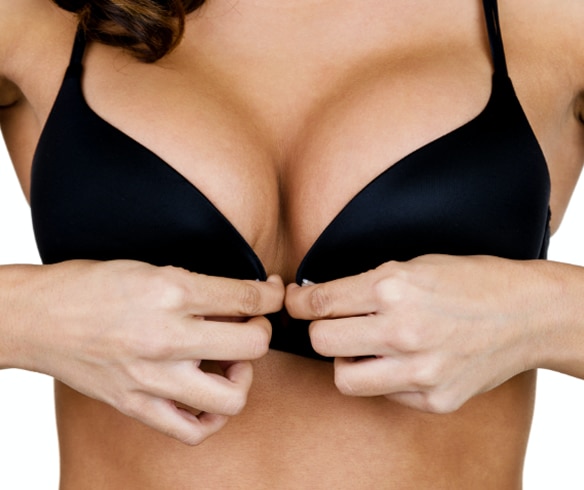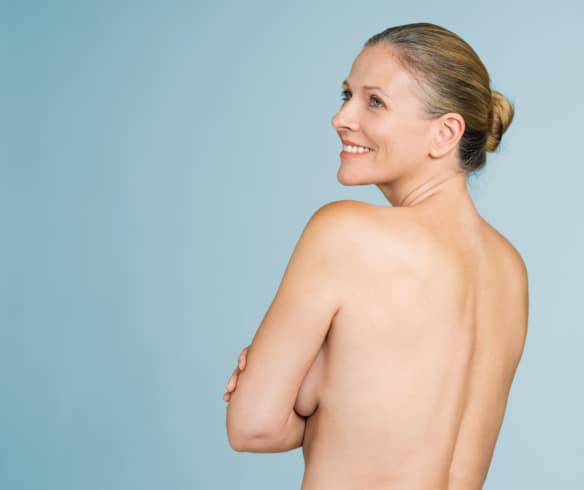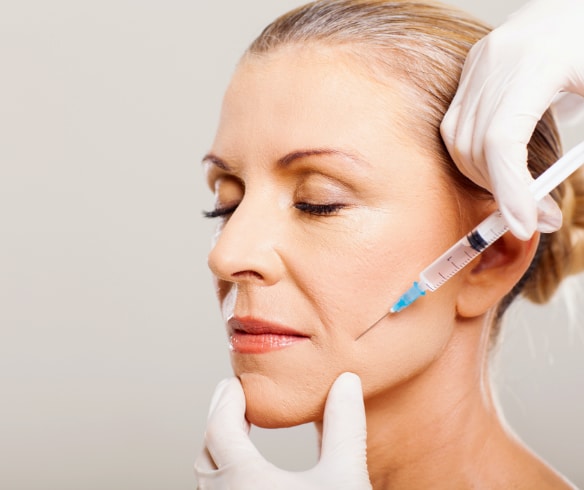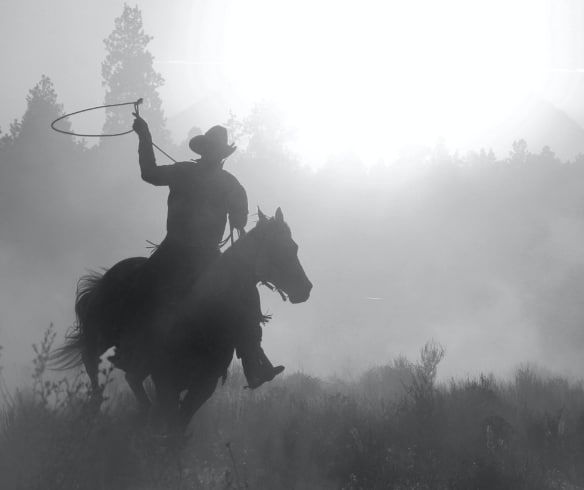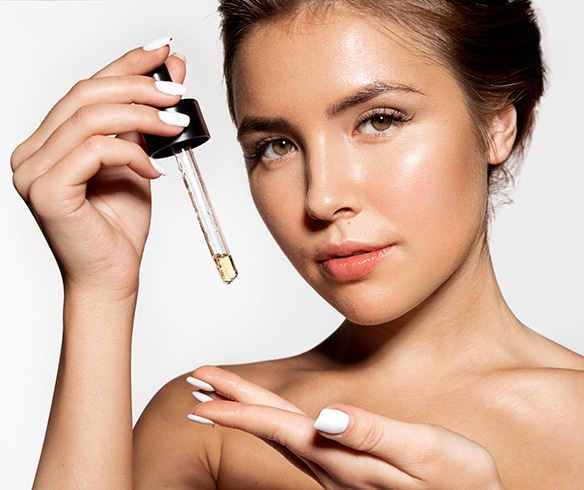Plastic Surgery Procedures
Dr. Saltz and our highly-trained staff strive to provide you with caring, personalized service to help you look and feel your best. Staff certification requirements and physician-supervised training keep our team on the cutting edge of all procedures that we offer.
Give us a call at 801.274.9500 for our Salt Lake City office, or 435.655.6612 for our Park City office.

Give us a call at 801.274.9500 for our Salt Lake City office, or 435.655.6612 for our Park City office.
Plastic Surgery Procedures in Salt Lake City & Park City, UT

Hair Transplant
NeoGraft treats both female and male pattern baldness in almost half the time of any other hair restoration procedure. Based on years of research and development, NeoGraft, one of the least invasive hair transplant procedures, is affordable, safe, effective, and has no linear scarring.
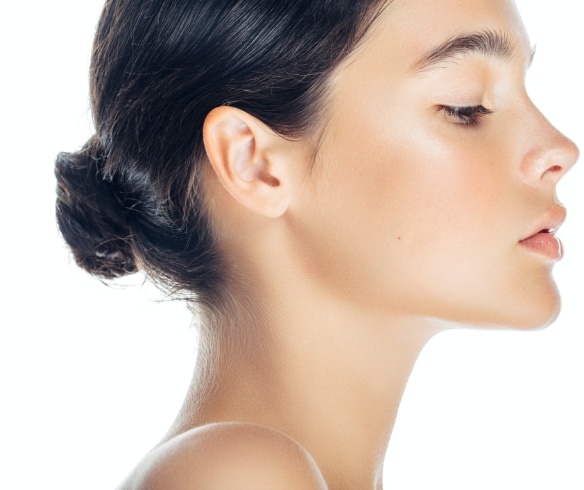
Ear Surgery
Otoplasty is usually performed on children between the ages of five and 14. The ears are fully developed by age six, so there is no concern that the ears will change and create additional problems later on.
In adults, otoplasty is more often needed after injury to the ears, although it also can be done to correct misshapen ears or for purely cosmetic reasons.
Body Contouring Procedures

Body Contouring
Most people think only about weight loss, neglecting to consider the effects of weight gain and loss on your skin. You’ve hit your weight loss numbers, but what about that sagging skin? Body contouring will change the shape of your body to proportions that cannot be achieved through diet and exercise alone.
Cosmetic Breast Surgery
Cosmetic Injections & Skin Care

Spa Vitoria
Saltz Spa Vitoria supports our patients throughout their aesthetic journeys with evidence and results-based treatments and procedures. Our team of elite professionals are highly trained on the most innovative technologies, in order to provide each patient with a unique treatment plan based on their specific needs and aesthetic goals.
Read what our patients are saying!
One of the best decisions I’ve ever made was to choose Dr. Saltz as my surgeon! I had consults with other plastic surgeons after a botched surgery in the past and I felt most comfortable and confident with Dr. Saltz.
The fact that Dr. Saltz got rid of all of my previous scarring from a breast surgery is impressive, but he also corrected my nipples so that I look and feel beautiful again. I have sensation that I haven’t had in 20 years!
Dr. Saltz also performed Blepharoplasty Surgery. My eyes are amazing – everyone tells me how great and well-rested I look, and no one knows why. My husband compliments me all the time too.
People have always told me how young I look for my age, but now even more so. I am grateful for Dr. Saltz and his expertise! – C.P.
I recently had the surgery by Dr. Saltz and it was fantastic.
No pain, recovery was very short term and I would recommend it to anyone thinking about hair loss solution options.
Thank you to Dr. Saltz and his team of professionals for making me feel great.
Happy NeoGraft patient
Click here to read more reviews.
Contact Today For Plastic Surgery At Saltz Plastic Surgery!
Interested in learning more about the various plastic surgery procedures offered by Dr. Renato Saltz? Give us a call today to schedule a personalized consultation with our staff, or fill out the form in our contact page. Dial 435.655.6612 for our Park City office, or 801.274.9500 for our Salt Lake City office. Our practice looks forward to serving you!

FInancing Available
Call today to schedule your med spa consultation with Dr. Saltz.
Salt Lake City: (801) 274-9500
Park City: (435) 655-6612

